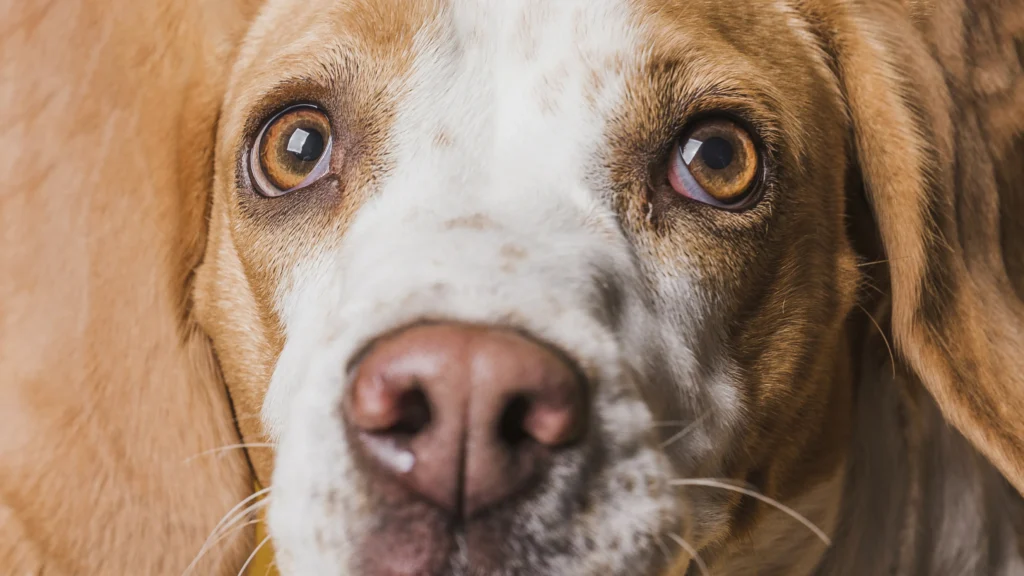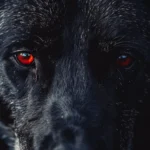Puppy dog eyes have enchanted humans for centuries, evoking a blend of fascination and affection. These soulful, expressive gazes are more than a mere display of cuteness; they serve as intricate channels of communication, revealing a dog’s emotions, intentions, and evolutionary journey. By delving into this phenomenon, dog owners can forge deeper bonds with their furry companions while better meeting their needs.
The Evolutionary Wonders of Puppy Dog Eyes
The Birth of Emotional Expressions in Dogs
Across millennia, dogs have honed their ability to communicate with humans. Central to this evolution is the emergence of a unique facial muscle: the levator anguli oculi medialis. This muscle enables dogs to lift their inner eyebrows, creating a wide-eyed, infant-like appearance that tugs at human heartstrings and triggers protective instincts.
Domestication’s Role in Shaping Expressions
As humans began domesticating dogs, those adept at nonverbal communication were favored. Selective breeding amplified traits like “puppy dog eyes,” cementing their place in canine evolution. Unlike wolves, their wild counterparts, dogs developed these nuanced facial expressions, underscoring the profound human-dog connection.
graph TD
A[Domestication Begins] --> B[Selective Breeding]
B --> C[Facial Expressions Develop]
C --> D[Puppy Dog Eyes Emerge]The Language of Puppy Dog Eyes
Emotional Signals in the Gaze
A dog’s eyes speak volumes, offering insights into their inner world:
- Joy: Relaxed, sparkling eyes paired with a soft gaze.
- Sadness: Drooping eyelids and lowered brows convey melancholy.
- Anxiety: Wide-open eyes showing the whites—the infamous “whale eye”—indicate stress or unease.
Intentional Messaging
Beyond emotion, dogs wield their expressive eyes strategically:
- To seek affection or attention.
- To implore for treats or food.
- To display submission or remorse, especially after mischief.
The Magnetic Pull of Puppy Dog Eyes
A Biological Bond
Human biology responds instinctively to neotenous traits—those reminiscent of infants. The sight of puppy dog eyes releases oxytocin, the “love hormone,” deepening the bond between human and canine.
Reinforced by Culture
From heartwarming movie scenes to poignant advertisements, puppy dog eyes symbolize vulnerability and innocence. These cultural portrayals amplify their emotional impact, making them universally adored.
Deepening the Human-Dog Relationship Through Eye Contact
Decoding Your Dog’s Visual Cues
Understanding a dog’s nonverbal language strengthens the human-canine bond. Observing their eyes can:
- Reveal their emotional state.
- Offer clues about their needs.
- Build trust and enhance communication.
Training with Eye Contact
- Rewarding Engagement: Use positive reinforcement when your dog maintains eye contact during training.
- Creating Calm: Avoid intense staring during tense situations; it may be perceived as a challenge.
- Consistency in Commands: Maintain uniform verbal and visual cues to prevent confusion.
Caring for Your Dog’s Precious Eyes
Common Ailments
Canine eyes are delicate and susceptible to various conditions:
- Conjunctivitis: Inflammation causing redness and discharge.
- Cataracts: A cloudy lens, often linked to aging.
- Glaucoma: Elevated eye pressure that can lead to blindness.
Protective Practices
- Schedule regular vet visits for eye health checks.
- Keep the eye area clean, free of dirt and debris.
- Opt for dog-safe eyewashes when necessary.
Warning Signs
Be alert for symptoms like persistent redness, excessive tearing, or frequent squinting. These may signal underlying health issues requiring prompt attention.
Conclusion
The phenomenon of puppy dog eyes transcends mere cuteness, offering profound insights into canine communication and emotional depth. By embracing the science behind their evolution, decoding their messages, and prioritizing eye health, we can nurture stronger, more fulfilling relationships with our beloved dogs.



